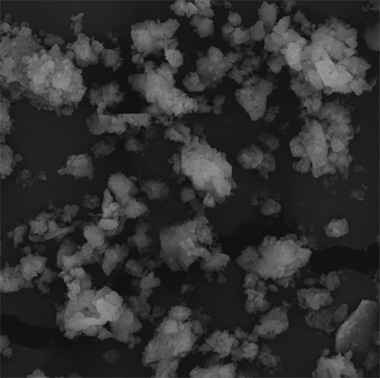- Home
- Products
- Ceramic
- Natural Materials
- Metal Materials
- Graphene
- Graphene Inks and Coatings
- Fullerene
- Graphene Composite
- Graphene Additive
- CVD Materials
- Graphite
- Reduced Graphene Oxide
- Carbon Nanotubes
- Functionalized Graphene Oxide
- Functionalized Graphene
- Graphene Aerogel
- Graphene Foam
- Graphene Foil
- Graphene Oxide
- Graphene Sheet
- Graphene Dispersion/Slurry
- Graphene Nanopowder
- Bioactive Peptides
- Battery Materials
- Biodegradable & Tissue Engineering Material
- Antimicrobial Materials
- Additive
- Nanodiamond
- Tools and Supplies
- Services
- Energy & Low-Carbon Solutions
- Environmental & Reliability
- Industry & Product Testing
- Activated Carbon Testing
- Photovoltaic Module Analysis
- Stationery Testing
- ASPex Inclusions Analysis
- Child Care Products Testing
- Photovoltaic Product Non-Destructive Analysis
- Battery thermal runaway testing
- Children's Clothing Testing
- Photovoltaic Raw Material Analysis
- Consumer & Industrial Product Testing
- Package Testing Services
- Electronic Product Analysis
- Health and Beauty Testing
- Plastic and Rubber Testing
- Oil Product Testing
- Auto Parts Analysis
- Building Material Testing
- Minerals, Ore, and Mining Services
- Textile Analysis
- Lamp Test
- Photovoltaic Product Analysis
- Life Science & Tissue Engineering
- Manufacturing & Customization
- Materials & Chemical Analysis
- Product Analysis
- Compositional Analysis
- Formula Analysis
- Flammability Testing
- Material Magnetic Permeability Testing
- Microplastic analysis
- Materials Analysis Services
- Thermal and Mechanical Analysis
- Thermal Conductivity, Thermal Diffusion Coefficient, Specific Heat Capacity test
- Cryo-electron Microscopy Analysis
- STM Analysis
- Morphology Analysis
- Materials Characterization Analysis
- Physical Metallography and Microscopic Analysis
- Size and Molecular Weight Analysis
- Hydrogen Penetration Testing
- Synchrotron Radiation Test
- Comparative Analysis
- Optical Performance Test
- Product Life Assessment
- Hazardous Substances Test
- Film Analysis
- Metallographic Analysis
- Electromagnetic Performance Analysis
- Sulfide Test
- Fracture Analysis
- Contamination Analysis
- Non-Destructive Testing
- Corrosion Analysis
- Liquid and Gas Permeation Testing Services
- Glow Discharge Mass Spectrometry
- Critical Current (Ic) Measurement
- Temperature Coefficient of Resistance (TCR) Measurement
- Nano & Surface Engineering
- Nanoindentation and Nanoscratch Testing
- Nanocomposite
- Nanomaterial Synthesis
- Scanning Probe Lithography
- Surface Modification and Functionalization
- Chemical Coating
- Nanomaterials Characterization
- Nanoparticle
- Photolithography
- Nanodiamond Service
- Nanomaterial services
- Nanoparticle Modification
- Nanoporous Block Copolymer
- Physical Coating
- Surface Engineering Services
- Surface Hardening
- Surface Nanopatterning
- Graphene Modification
- Surface Analysis of Coating
- AFM Probe Functionalization
- Corrosion Protection Services
- Standards & Compliance
- Inquiry
- Order
- Resource
- Application of biomimetic hydrogels in cartilage tissue engineering
- Application of carboxymethyl chitosan in oral tissue engineering
- Application of manganese in biomaterials
- Application of polymer materials in 3D printed scaffolds
- Ultrapure Sodium Alginate
- Featured Bio-ink Products Introduction
- Natural Fruit Sweeteners, Healthier!
- Hydroxyapatite for Toothpaste and Food Additives
- What is Hyaluronic Acid
- Raw Materials for Bone Implants
- Additive Manufacturing: Materials, Processes, and Evolution
- Polymer Characterization Essentials
- Nanolithography
- Graphene Technology
- Application of gold nanoparticles in biomedicine
- Inorganic and metallic nanomaterials
- Biological sensor
- Properties and Applications of Mesoporous Materials
- 3D bioprinting
- Synthesis and Research Hotspots of Polyglycerol Sebacate
- Company





